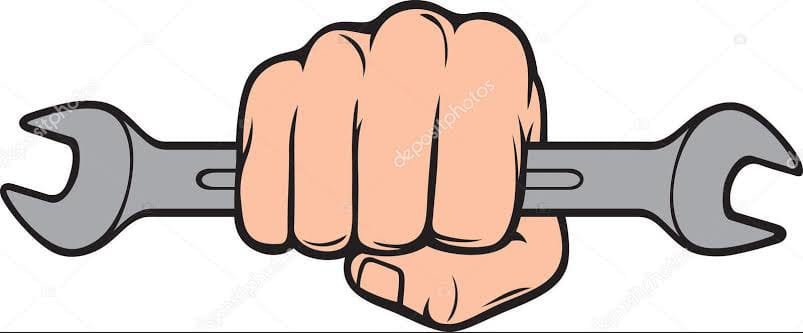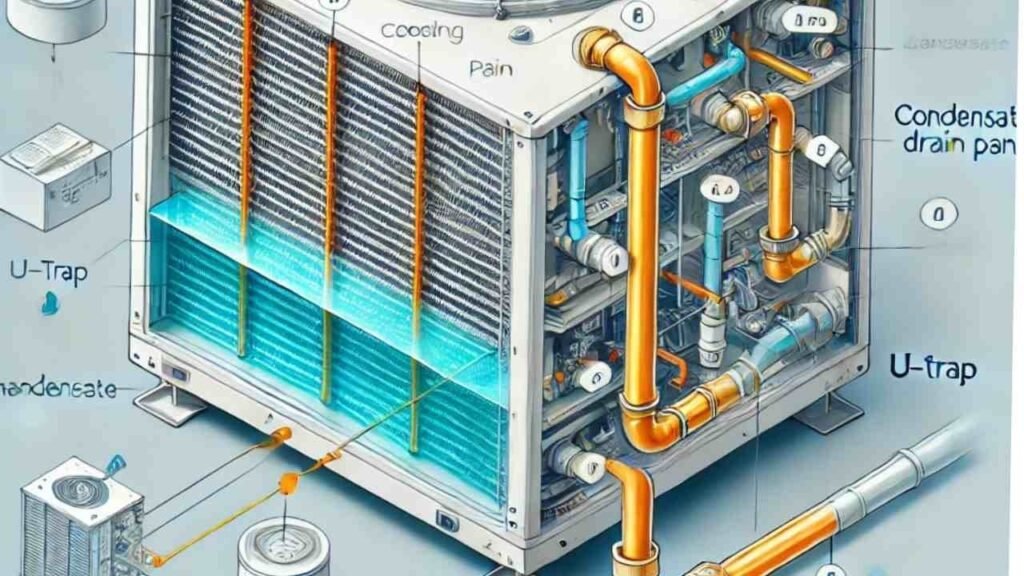Here are the types of evaporators in HVAC in brief:
Direct Expansion (DX) Evaporator: Refrigerant evaporates directly, common in split ACs and packaged units.
Flooded Evaporator: Fully filled with refrigerant, used in chillers and large systems.
Shell and Tube Evaporator: Heat exchange between refrigerant and water, common in chillers.
Plate-Type Evaporator: Thin plates for compact, efficient heat transfer, used in refrigerators.
Finned Tube Evaporator: Coils with fins to increase surface area, used in air conditioners.
Bare Tube Evaporator: Plain tubing, ideal for freezers and low temperatures.

